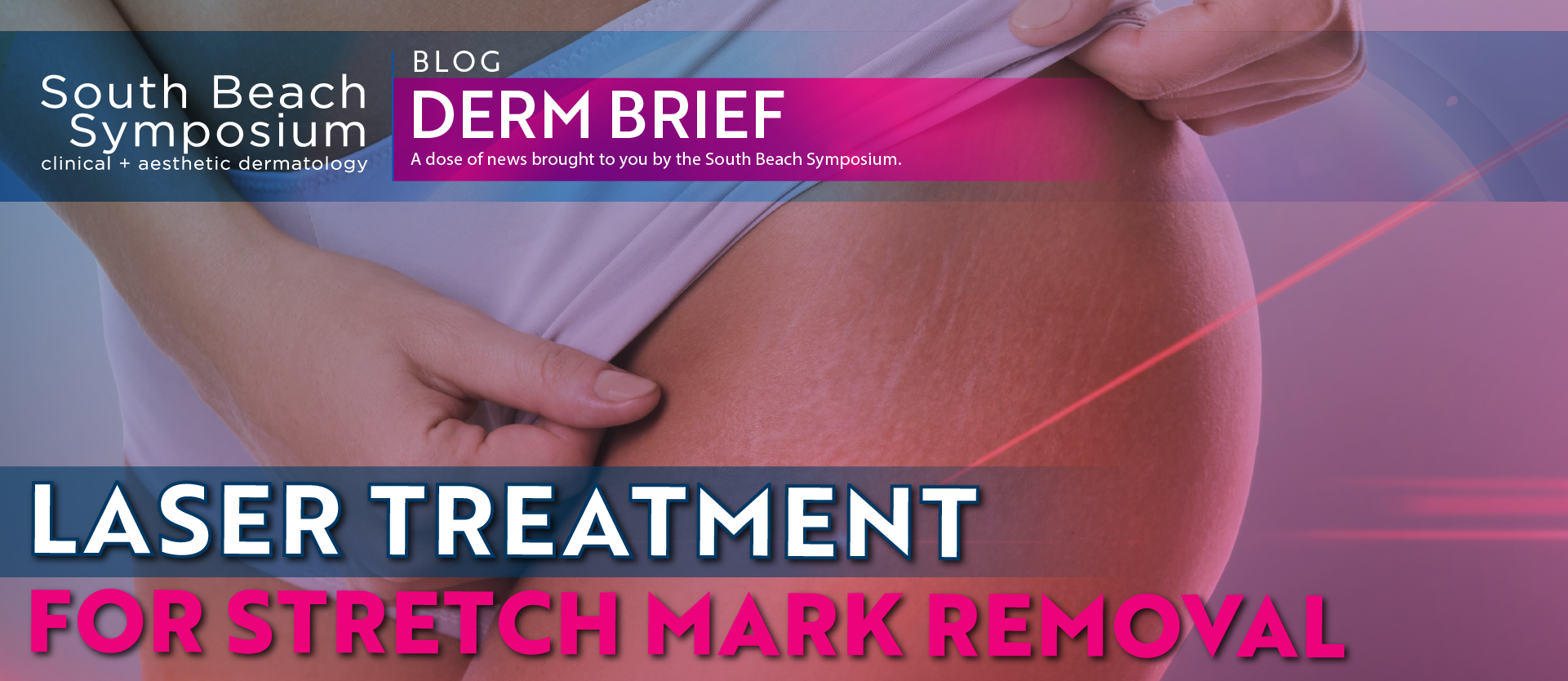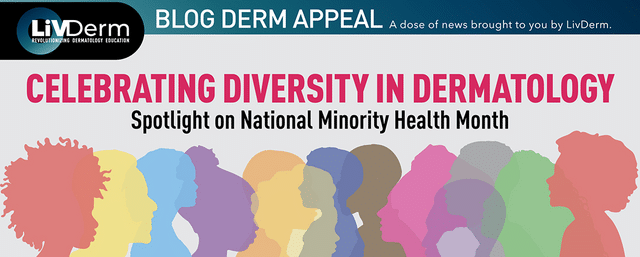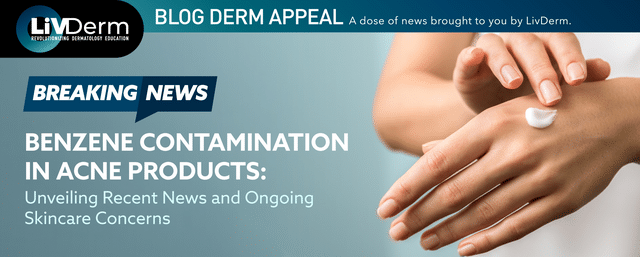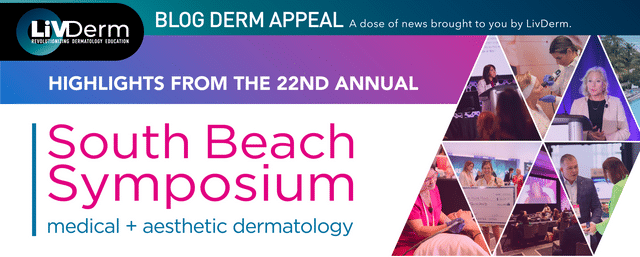Most commonly associated with pregnancy, stretch marks affect a substantial number of people worldwide. Current literature suggests that between 50 and 90% of the U.S. population has stretch marks on some part of their body, and many hope to minimize their appearance through creams, lotions, and other skin rejuvenating products. Others look to more effective yet costly measures, such as laser treatment. Laser stretch mark removal is a non-toxic, non-invasive method that removes stretch marks via laser resurfacing, eradicating the outer layer of skin to repair and regenerate skin cells.
Laser Removal Process
While laser therapy may not be able to completely erase stretch marks, the treatment can help make striae (stretch marks) smoother and reduce their appearance.
Two different types of lasers are used in laser therapy for stretch marks: ablative and non-ablative lasers. Ablative lasers, such as CO2 and Erbium YAG, treat stretch marks by destroying the upper layer of skin and revealing smoother, newly generated skin tissue. On the other hand, non-ablative lasers – Alexandrite and Fraxel – target underlying areas of the skin surface, promoting collagen growth from the inside.
Procedure duration is relatively quick; ablative lasers can take about an hour and a half, while non-ablative treatments can be completed in 30 minutes. It may take several treatment sessions to achieve desired results, especially while using non-ablative lasers which may need up to twenty sessions. With three to four week breaks between each session, the process can take several months.
Recovery Time
Skin resurfacing laser therapy is non-invasive, making recovery time minimal. However, the skin may be slightly pink or red after each treatment and the targeted stretch marks may look temporarily worse but should subside within a few weeks. Ablative lasers are most efficacious at removing stretch marks however, they come with the most adverse effects due to their aggressive nature – raw skin, mild discomfort, and scabbing before revealing new tissue are common.
Costs
The cost of laser skin resurfacing treatments ranges from $500 up to nearly $9,000, with ablative laser therapy leading the charge at an average cost of $2,681. Often hidden costs such as consultation fees, anesthetics, post-treatment pain medications, and laboratory costs lead to much higher prices of overall treatment. Additionally, laser therapy for stretch mark removal is not usually covered by medical insurance – making it a costly endeavor.
Results
Depending on skin condition and after-care, skin resurfacing treatments can last for years according to the American Society of Plastic Surgeons. The achievement of desired results depends on the patient’s skin condition, level of stretch marks, number of sessions and whether proper aftercare instructions were adhered to. After successful completion of laser sessions, patients can expect a 20 to 60% reduction in stretch mark appearance. While results are permanent, further maintenance treatments may be necessary in the future.
After Laser Therapy
Stretch marks often look worse after treatment, as the laser may cause post-inflammatory hyperpigmentation and swelling. This side effect is temporary and can be mitigated through the application of special creams until the physical treat marks have been removed. With each progressive session, the stretch marks should blend into the surface of the skin and become less noticeable.
It is essential to follow provider instructions on proper aftercare of the treated area to prevent infections, hyperpigmentation, scarring, and other complications. The skin should be entirely healed before vigorous activities can be resumed. Additionally, daily sunscreen application is necessary regardless of time since last treatment session, which will not only reduce age spots, wrinkles, and skin cancer risks, but will also prevent remaining stretch marks from darkening.
Other Removal Options
Laser skin resurfacing is not the only option for stretch mark removal; microdermabrasion, surgery, and microneedling are other efficacious therapy methods. Microdermabrasion and microneedling are similar to laser removal in that they require several sessions however, these are much cheaper ranging from $100 to $700 per treatment and have no significant recovery time. Results may not be as dramatic or long-lasting as with laser treatment or surgery, the latter being the most invasive yet most permanent stretch mark removal method.
















